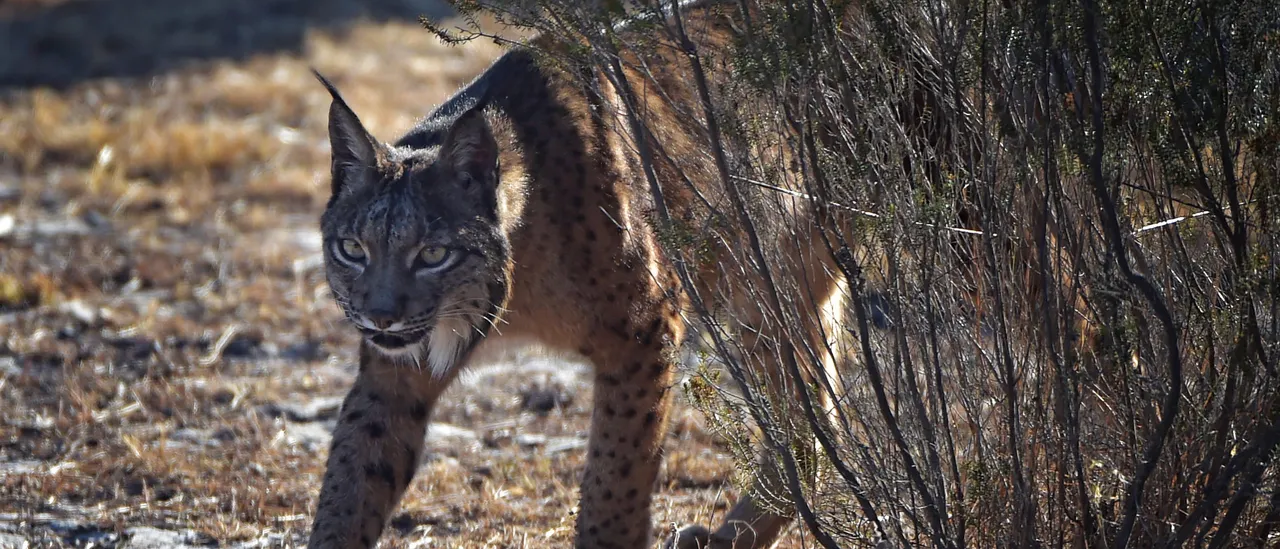A remarkable discovery was made in the mountains of Jaén, Spain, where an all-white Iberian lynx was spotted, marking what is believed to be the first documented sighting of this unique wildcat. This rare event has sparked celebrations among conservationists, highlighting the success of efforts to protect the Iberian lynx, a species that once faced the threat of extinction.
Wildlife photographer Angel Hidalgo captured the extraordinary footage of the lynx, which displayed a striking white coat while retaining the characteristic features of the species, such as its distinctive face and dark ear tufts. In his own words, Hidalgo expressed his long-standing dedication to capturing such rare moments: “I’ve been setting up cameras for years, with many failed attempts and long hours of work. But this time, nature gave me something truly unique,” as reported by NDTV.
The lynx’s unusual coloration is attributed to a genetic condition known as leucism, which results in a partial loss of pigmentation. Unlike albinism, which causes a complete absence of color, leucism allows for normal eye pigmentation. This condition contributes to the lynx’s striking appearance, making it a fascinating subject for wildlife enthusiasts.
Conservation Success and Protection Measures
The Iberian lynx has been recognized as one of the world’s rarest feline species, with conservation efforts leading to a significant recovery in its population. Once on the brink of extinction, the species has benefited from targeted initiatives aimed at habitat restoration and protection.
Due to the rarity of this all-white lynx, officials are taking precautions to ensure its safety by withholding specific details about its location. This decision underscores the ongoing commitment to protecting the species from potential threats.
The sighting of this leucistic lynx not only serves as a testament to the success of conservation programs but also raises awareness about the importance of biodiversity and the protection of endangered species. Conservationists hope that this event will inspire further efforts to safeguard the natural habitats of the Iberian lynx and other vulnerable wildlife.
The phenomenon of leucism adds an intriguing layer to the narrative of wildlife conservation, as it highlights the mysteries that the natural world continues to present. As the story of this all-white Iberian lynx unfolds, it captivates the imagination of both the public and wildlife enthusiasts, fostering a deeper appreciation for the species and the ongoing efforts to protect its future.







































































